Happy 10th Anniversary, Cassini!
It's been 10 years since Cassini reached Saturn's orbit. Popular Science celebrates with some of our favorite Cassini images.
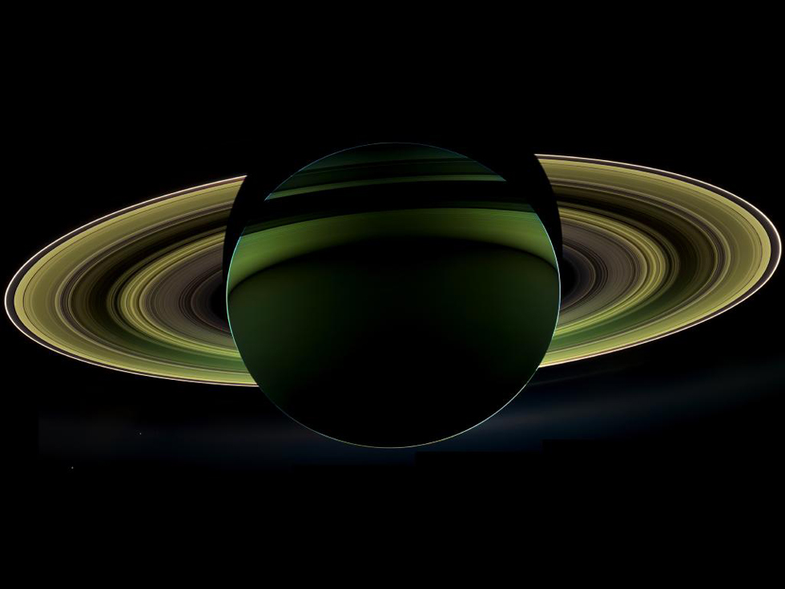
Today is the 10th anniversary of the spacecraft Cassini’s arrival in Saturn’s system of rings and moons. But to make that 2.2-billion-mile journey from Earth, Cassini had to launch on October 15, 1997. So really it’s been 17 great years. The International Space Station and the Mars rovers Spirit and Opportunity all launched after Cassini did. Yet Cassini is still in working order, and still sends data and—our favorite—images back to Earth.
Data from Cassini have taught astronomers that several of Saturn’s moons have chemistry that is amenable to life. That’s expanded science’s understanding of where life could thrive in the solar system. Cassini’s instruments have also revealed more about Saturn itself, snapping images of its enormous hurricanes and sampling the composition of its rings. Just a few months ago, astronomers used Cassini data to build more evidence that the Saturnian moon Enceladus likely has a subterranean sea.
In honor of Cassini’s years of work in space, Popular Science has collected here some of our favorite Cassini-made images. In 2004, just before spacecraft reached Saturn, Popular Science interviewed Candice Hansen-Koharcheck, then with NASA’s Jet Propulsion Laboratory, about the mission. She said, “These pictures are probably going to knock people’s socks off.” She was right. Click below to take a look.
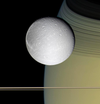
Astrobiological Potential

Shiny
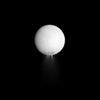
Toot Toot

Plume Closeup

Family Photo

Seasons On Saturn

Dark Side

Stormy Skies
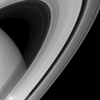
Rings In Infrared
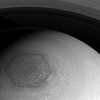
Saturn’s Hexagon

Titan’s Lakes